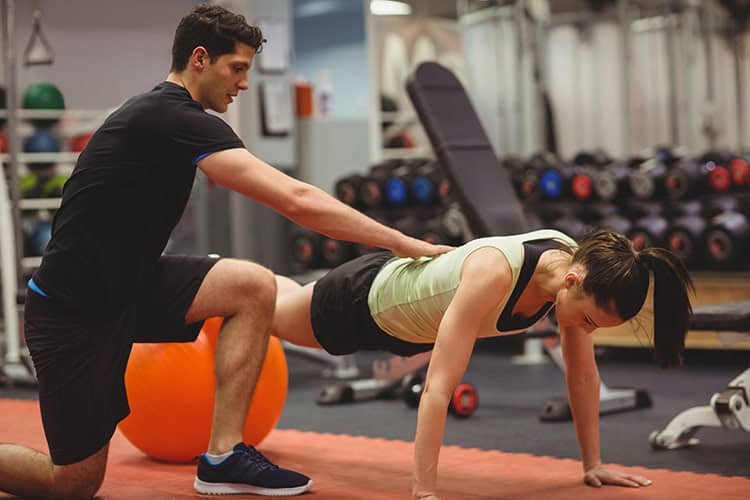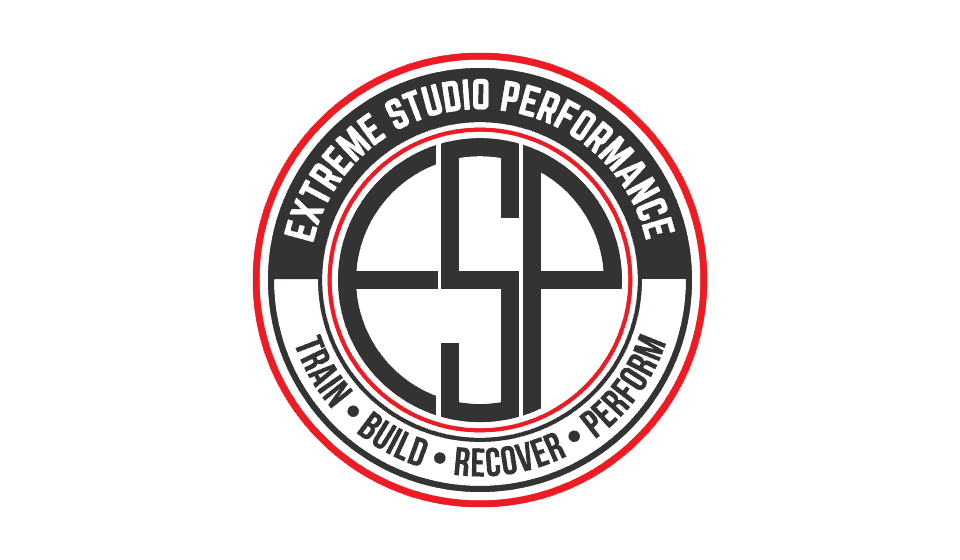
Why do you exercise? Asking colleagues and clients this seemingly simple question throughout the years, I’ve noticed a dominance of strength, speed, and physique aspirations. Athletes looking to increase their weightlifting capacity and agility. Middle-aged clients who wish to restore the same biometric and fitness numbers from their youth. The exercise rookie who strictly wants to look like a celebrity or acquaintance. Who doesn’t want to run fast, lift heavy weights, and look fit, right?
 While I can certainly appreciate this motive, I wonder if confining goals to optics and arbitrary numbers has distracted some from the numerous, alternative benefits exercise offers to improve overall health.
While I can certainly appreciate this motive, I wonder if confining goals to optics and arbitrary numbers has distracted some from the numerous, alternative benefits exercise offers to improve overall health.
Consider my modified definition of exercise; “a process or activity conducted with the intention of improving a specific area or skill”. So, what areas or skills can we improve by utilizing physical exercise? What biological “skills” are required to conduct each exercise, recover, and ultimately adapt in a progressive manner?
To demonstrate some of the mechanisms involved in exercise, I want you to try an exercise right now that you’ve done many times throughout your life (could be as simple as walking or squatting) and consider the following throughout your experience:
- How well do you remember the specific instructions for this exercise? Did you learn from multiple sources, or just one?
- When you start the exercise, are you using memories from visualizing, remembering what you heard, a physical cue (kinesthetic/touch), written literature, or does it seem to just happen naturally due to frequent repetition?
- What pace or resistance (body mass if not using equipment) is involved? How long can you continue comfortably at this pace/resistance?
- Does this exercise cause discomfort/pain/soreness or make you feel better during and after?
- Do you feel balanced throughout the entire exercise? Can you sense the position and force through every element of your body?
The answers to these questions, and ultimately your capability to “successfully complete” the exercise will be dictated by the integrity, and abilities to associate and dissociate many biological functions. Let’s break the surface and take a look at what’s happening internally throughout this exercise.
- When not instructed, our brain must access and associate memories to understand the request and initiate our version of the action. Many factors such as the timing that we learned the exercise and how frequently we reinforce the lesson will influence our abilities to remember. If we learn from multiple sources, our memories might “merge” the memories to create one interpretation.
- Our abilities to learn/remember through touch, visual, or audio cues depend on separate, but interrelated processing centers that are unique to each individual. To enhance learning and memory efficiency, we can manipulate the method of instruction to match our brain’s preference. This is evident when frustration is neutralized by associating recognizable analogies. Here’s a cool test to see what kind learner you are:
http://www.educationplanner.org/students/self-assessments/learning-styles-quiz.shtml
- Generally, your abilities to maintain pace and/or resistance depends on your cardiac (heart/blood flow), nervous (electricity), immune (recovery/inflammation), respiratory (breathing), skeletal/muscle (structure/strength), and metabolic/hormonal (chemical) efficiency.
- The interpretation of our peripheral senses by the brain define pain and relief. Our brain can effectively tell us when and where we feel distress and relief, but unfortunately also misrepresent the true nature of the effect.
- Balance depends on many elements including your vestibular system (equilibrium), neuromuscular system (electricity + strength), and proprioception (senses). Our brain receives information from each system to decipher where we are in space and how much tension is needed in certain areas to maintain position.
Hopefully this demonstration expanded your awareness on the many biological elements involved in a simple exercise. Now that you know what’s “required”, do you think it is possible to improve these different biological functions through exercise? If so, would you utilize exercise to enhance your cardiovascular, immune, respiratory, nervous, and/or metabolic efficiency? Sounds pretty good to me, but what happened to strength, speed, and physique!?
The truth is that our performance and aesthetic progressions DEPEND on the efficiency of these biological systems and when appropriately applied, exercise can benefit ALL of them. As research continues to unravel endless interrelationships between our structure and function, we find more opportunities to optimize both. By adding variety to your routines and simultaneously addressing different systems, you can develop amazing, cumulative progressions in your overall health that will catalyze your path to strength, speed, and a healthy physique.
My intention is not to steal temptation away from anyone’s current goals, but rather exploit new opportunities to enhance additional functions of the body while effectively progressing towards the same goal.
